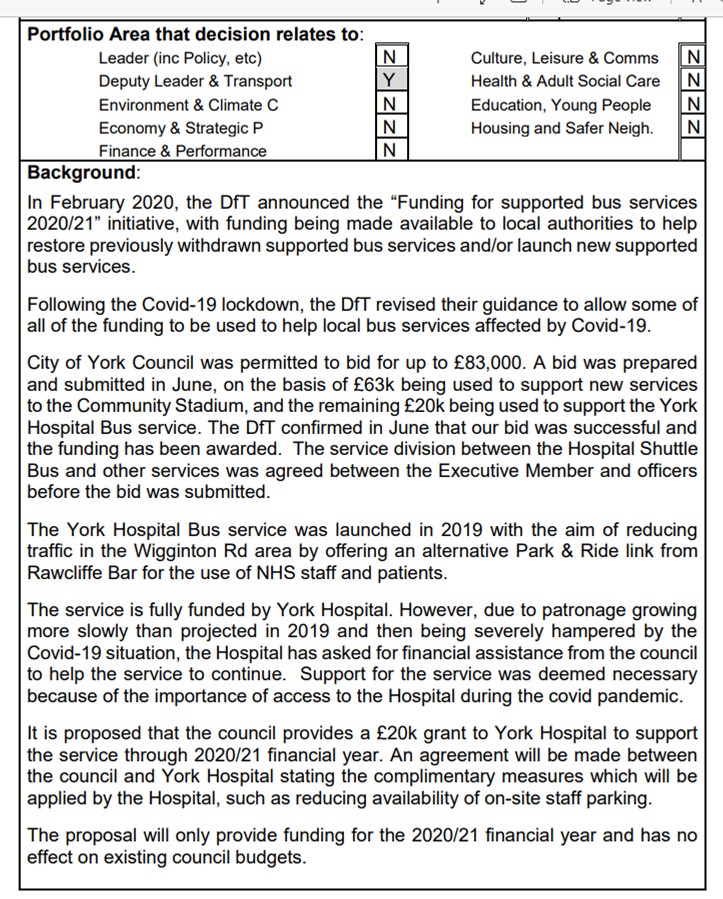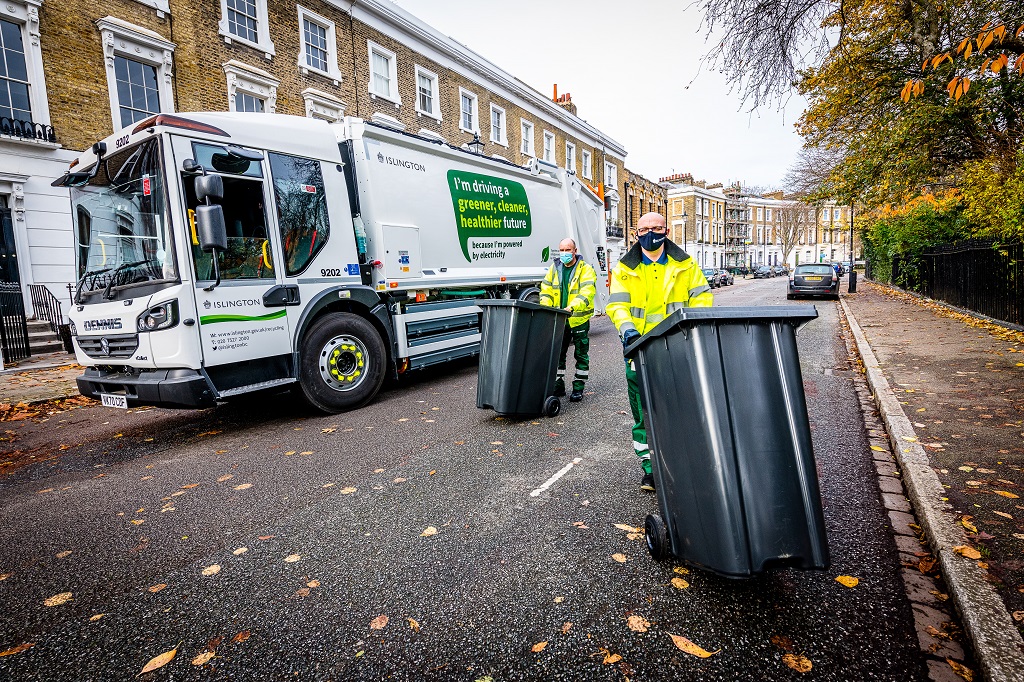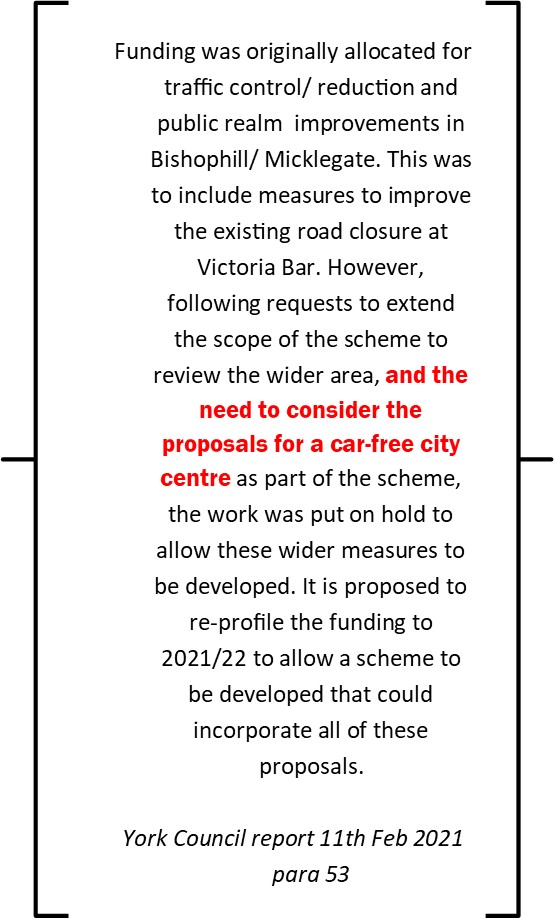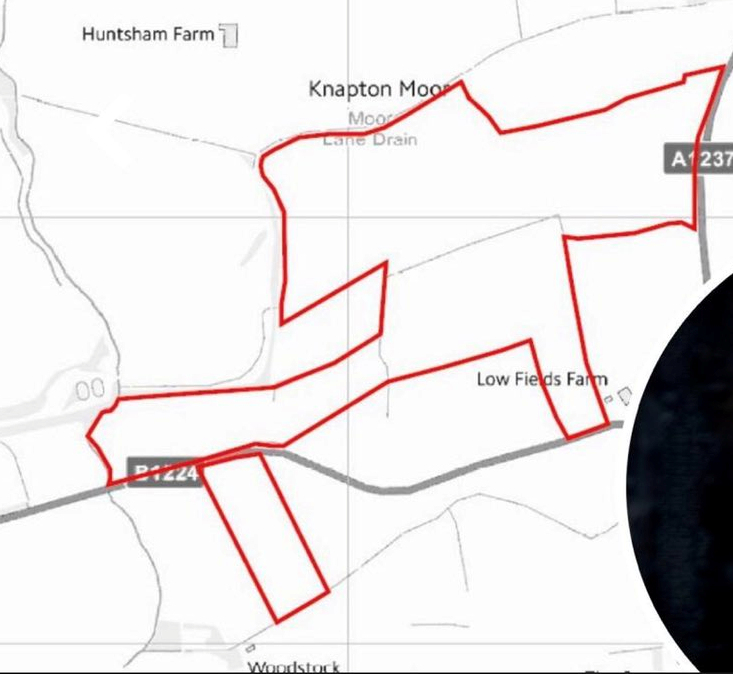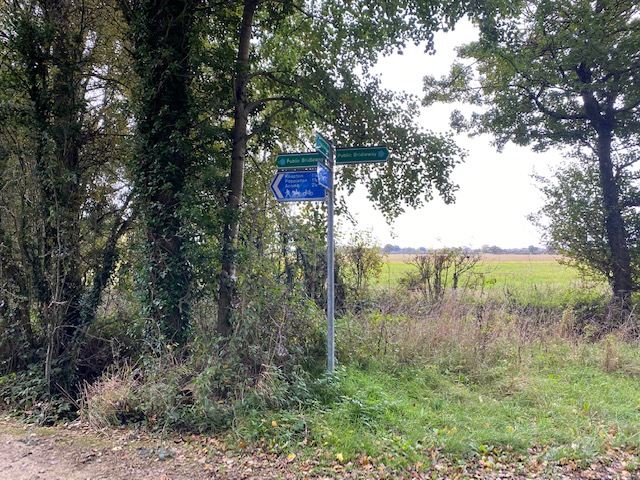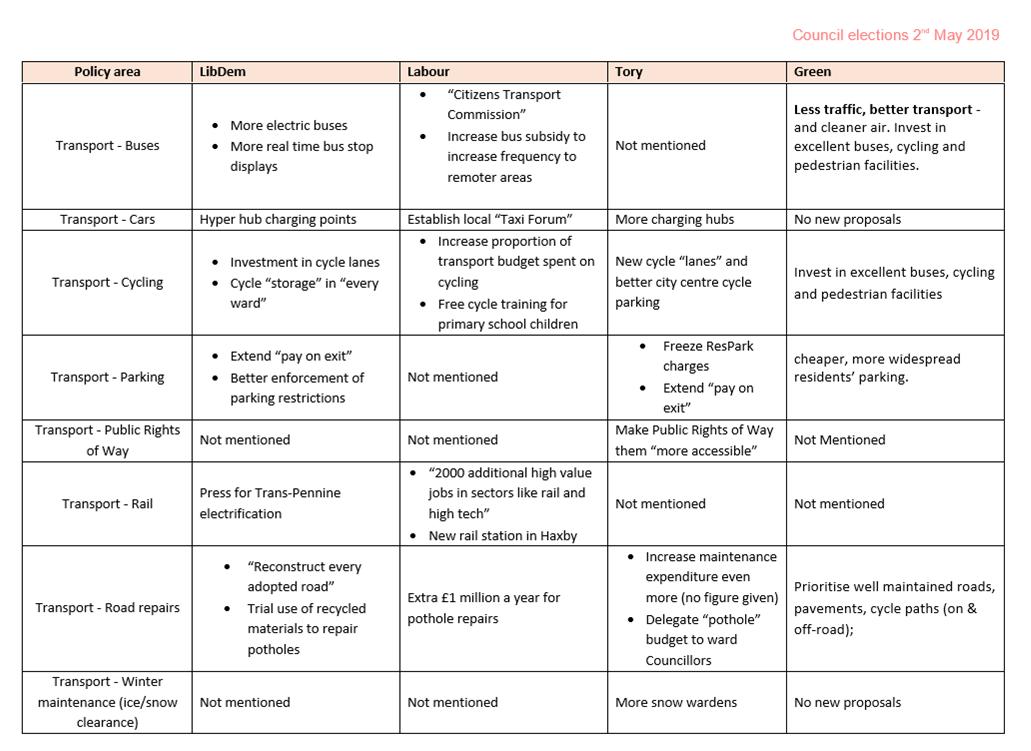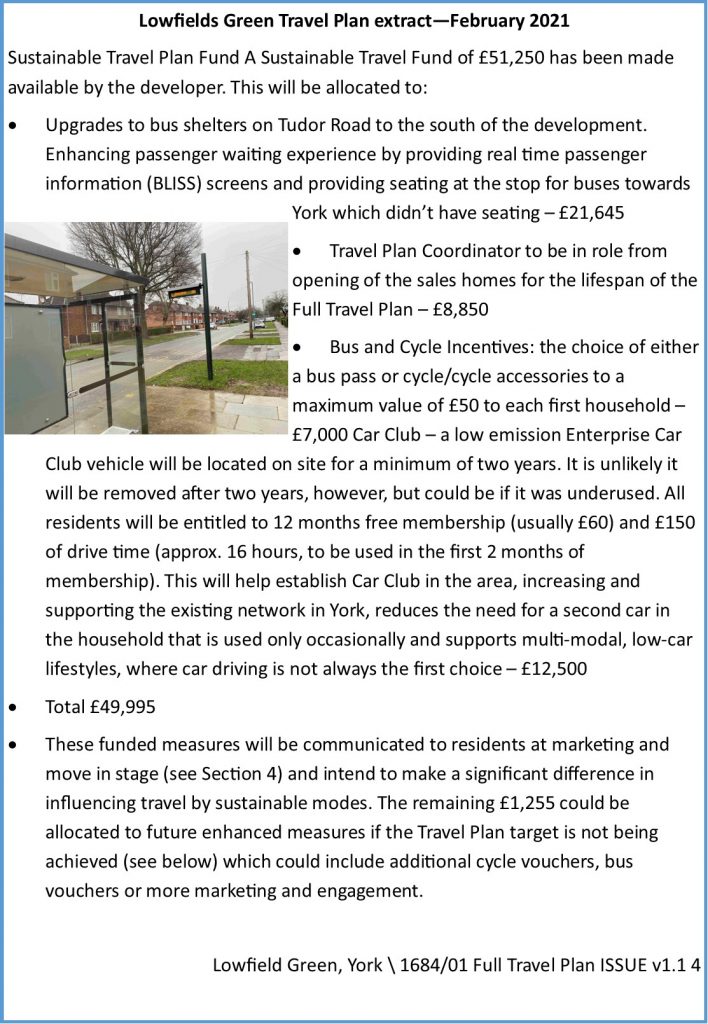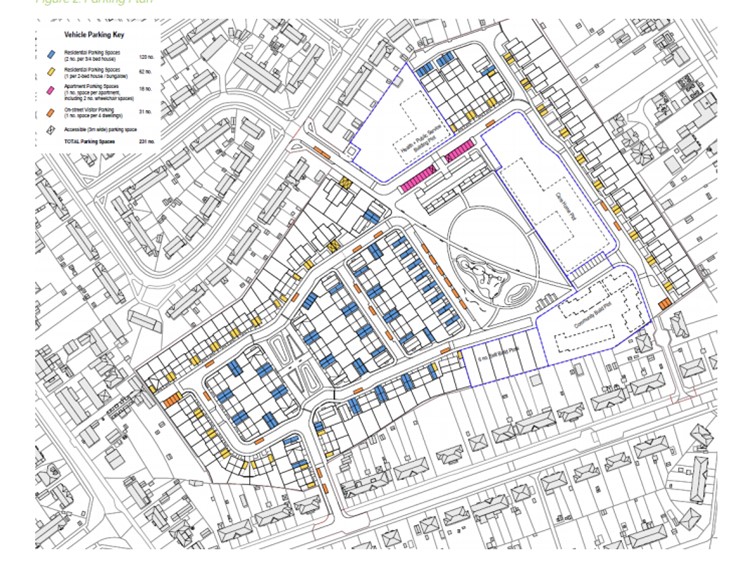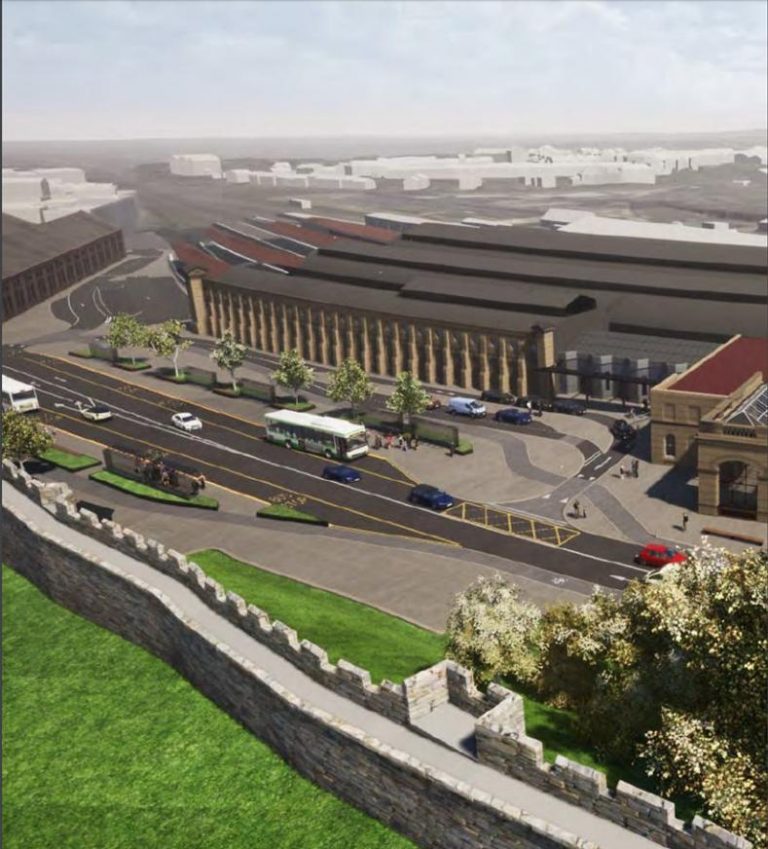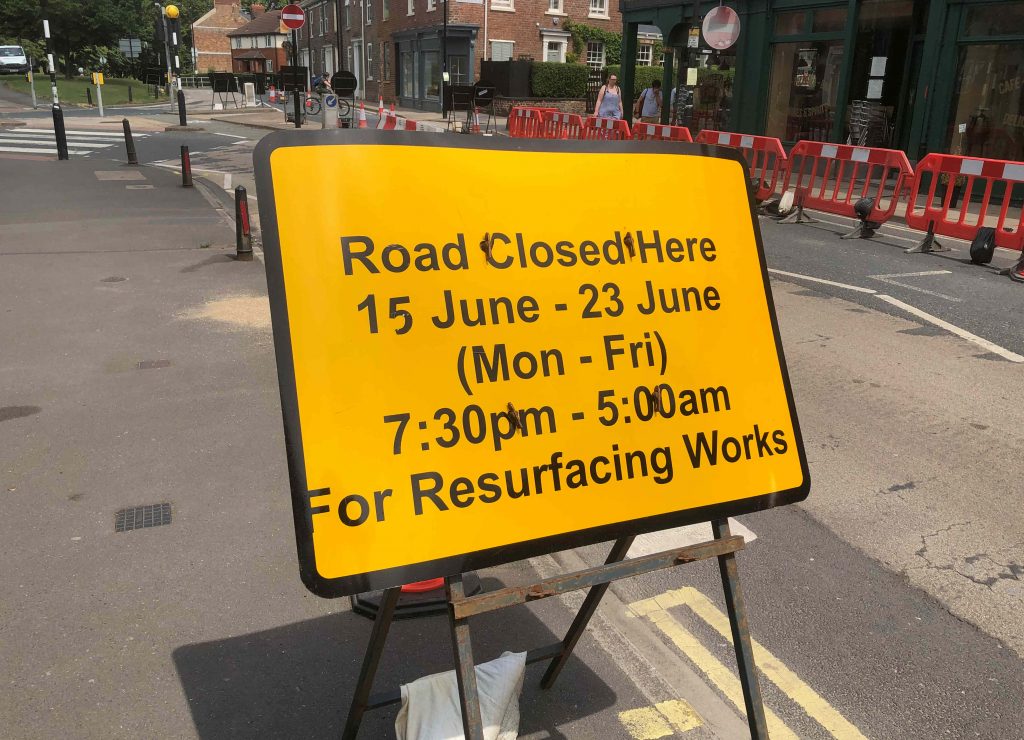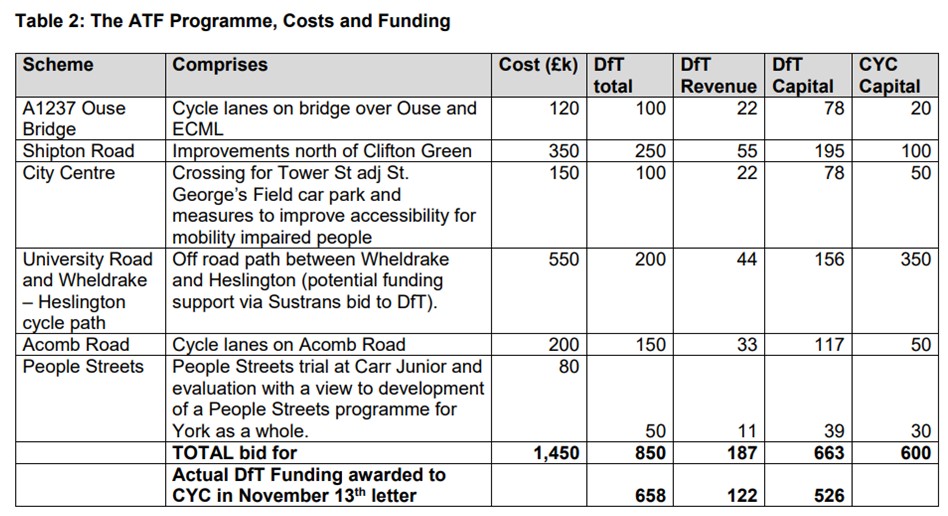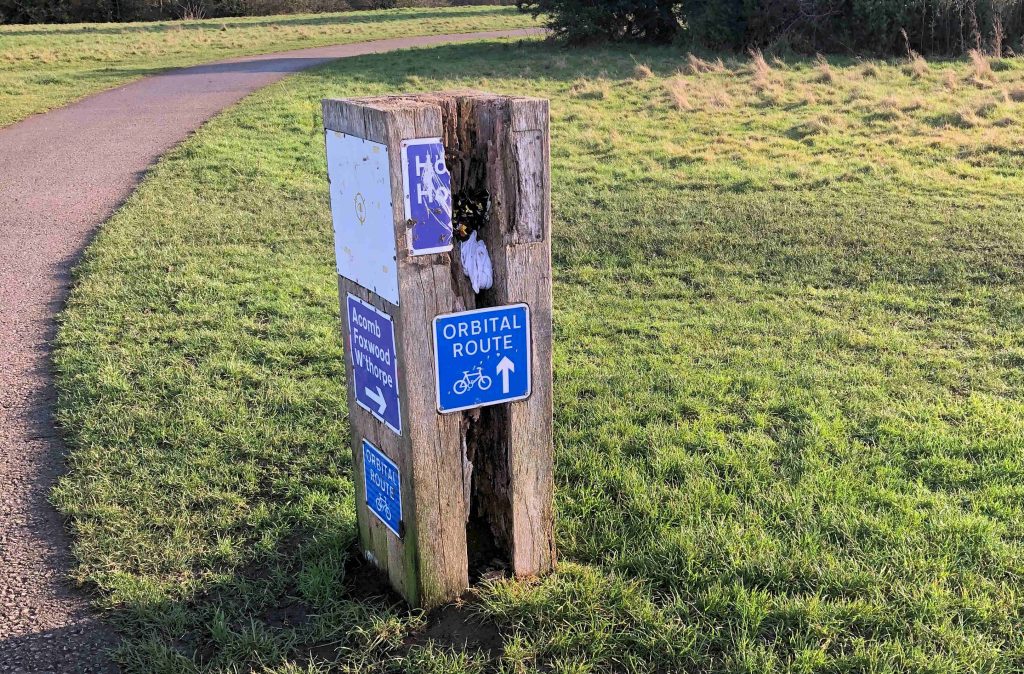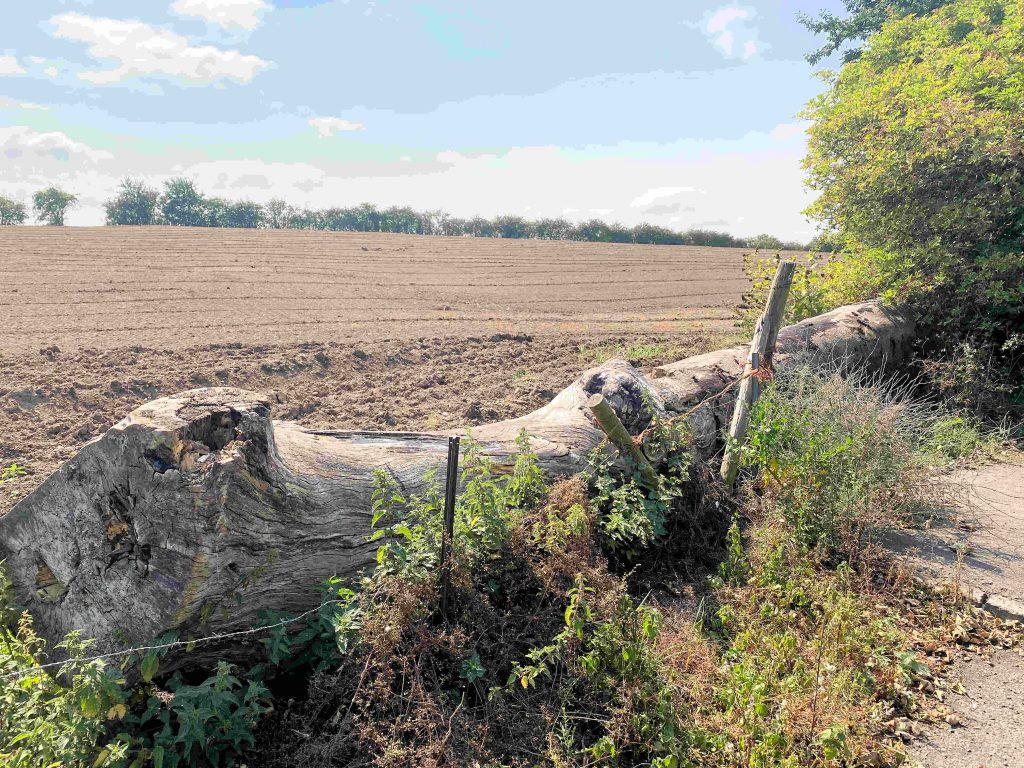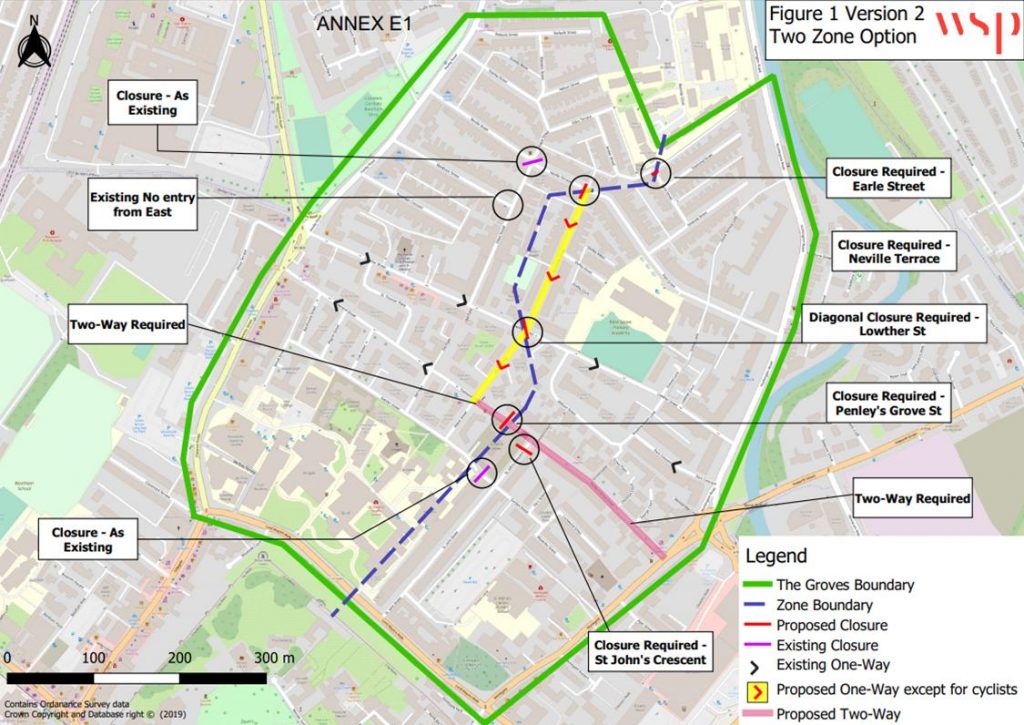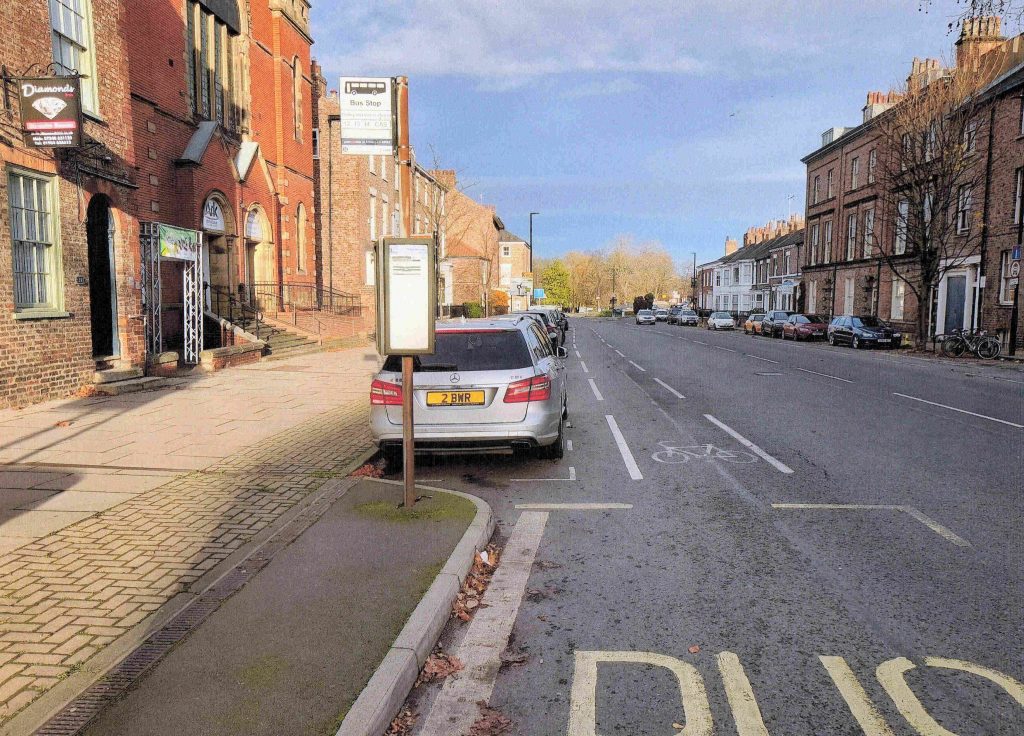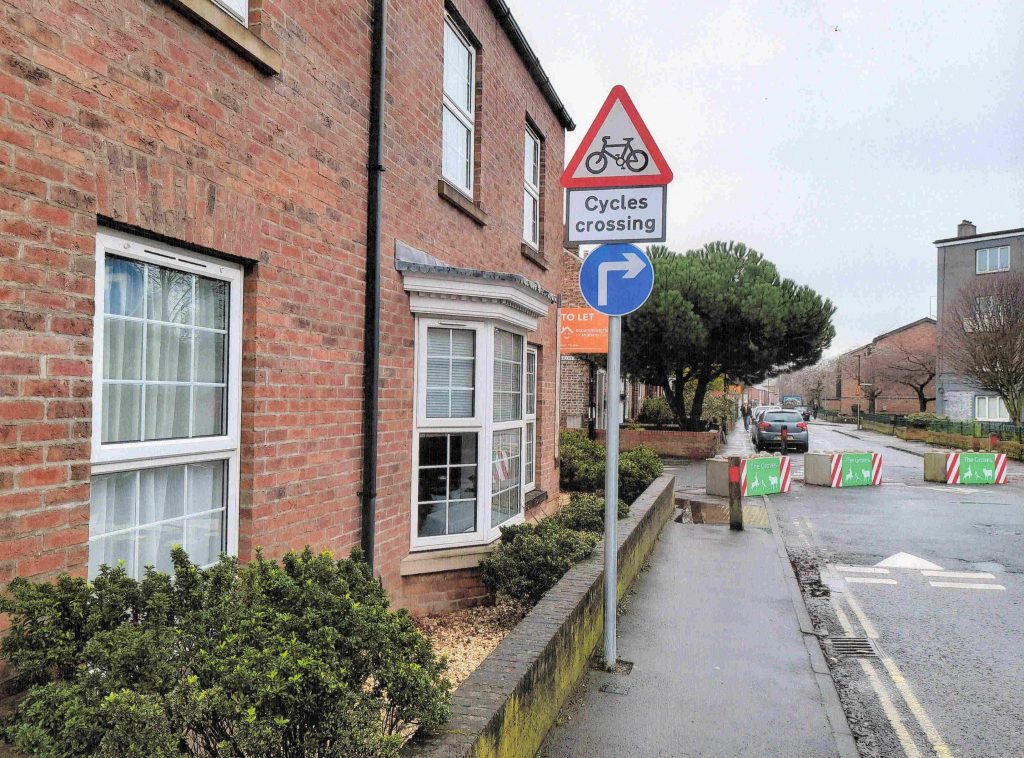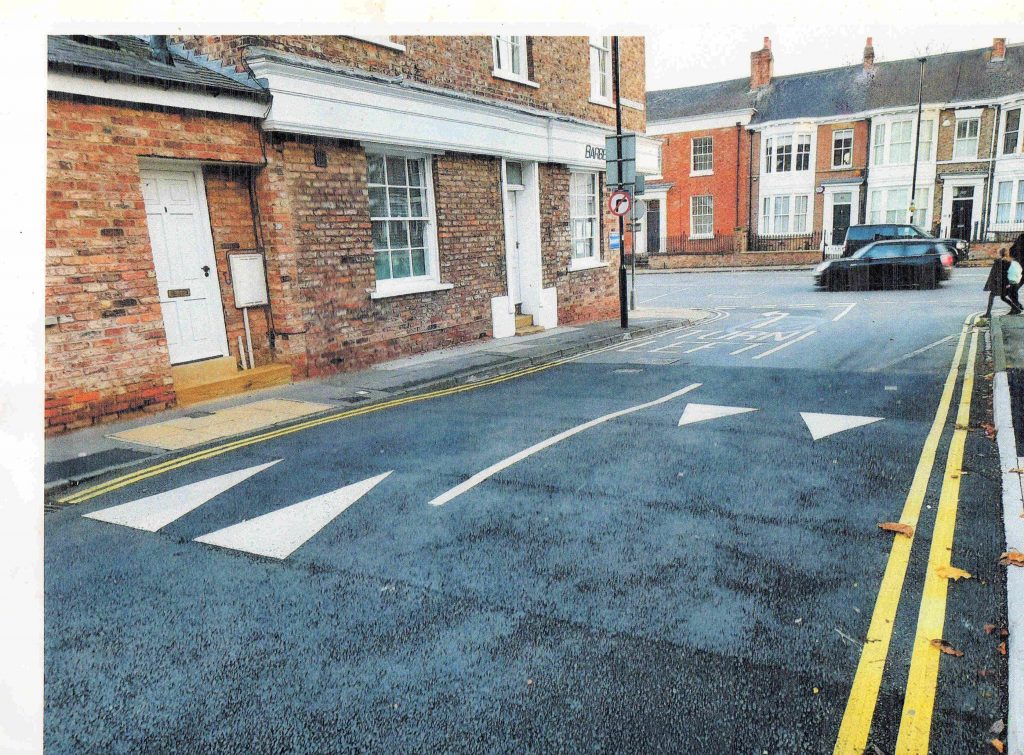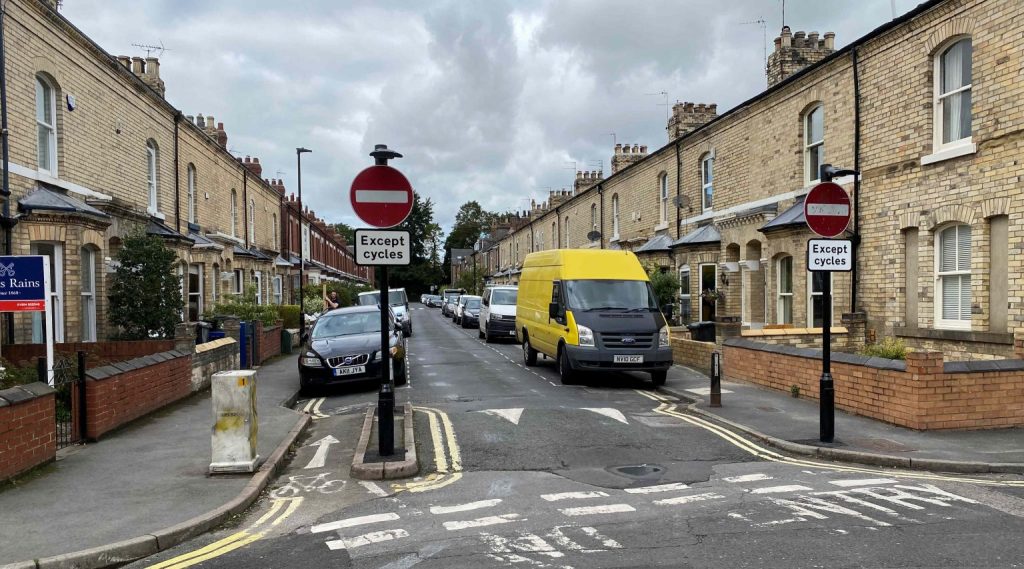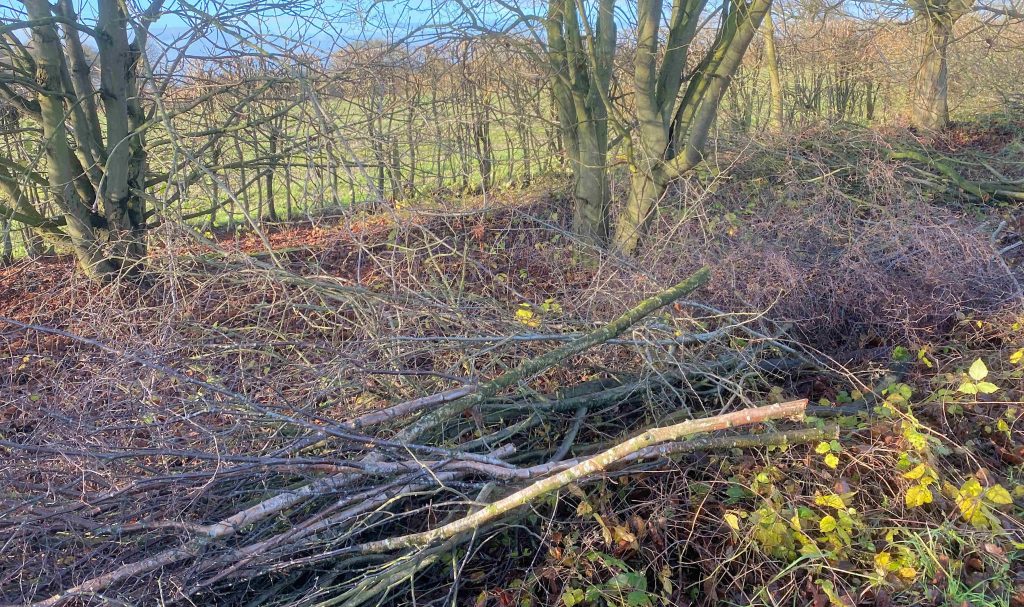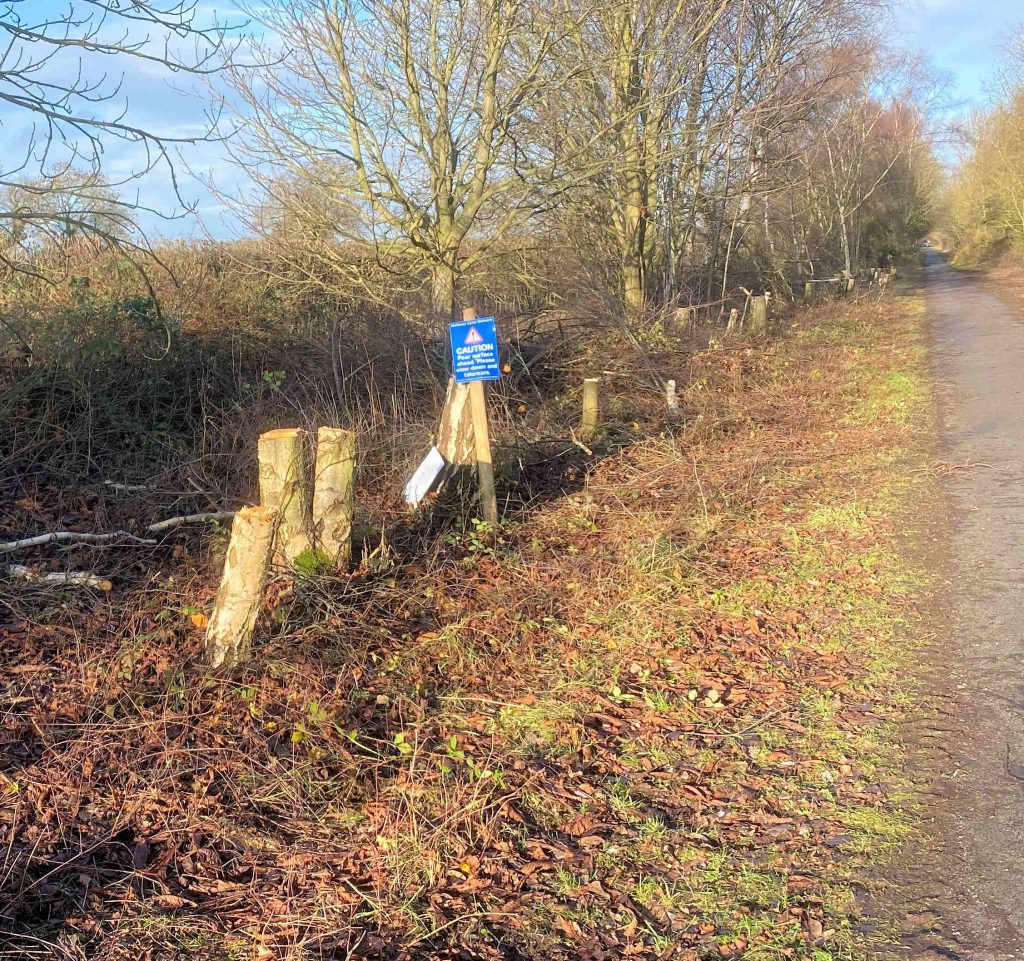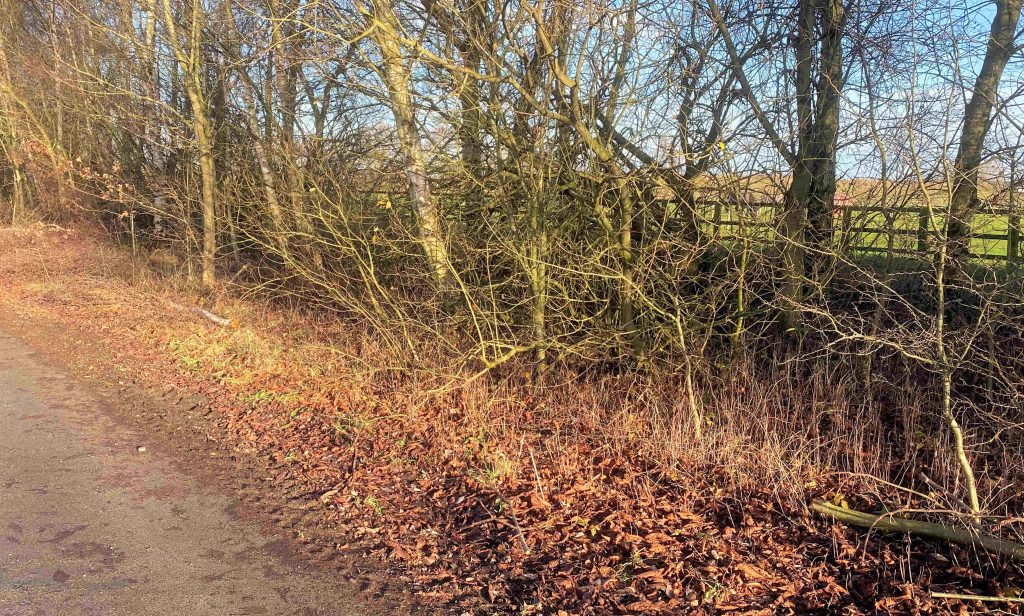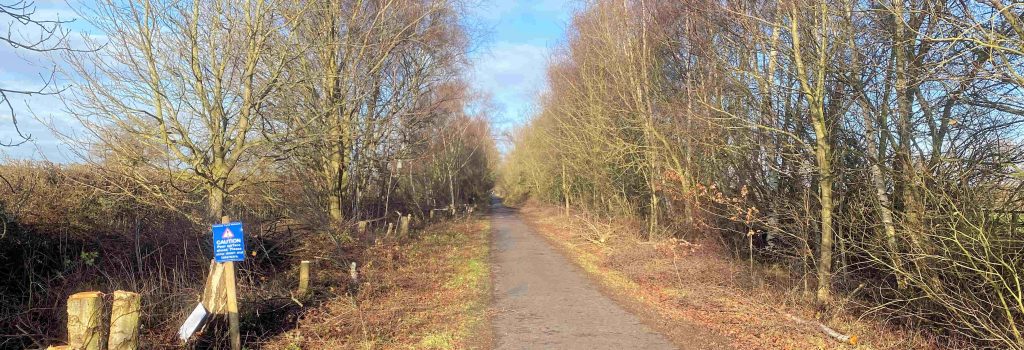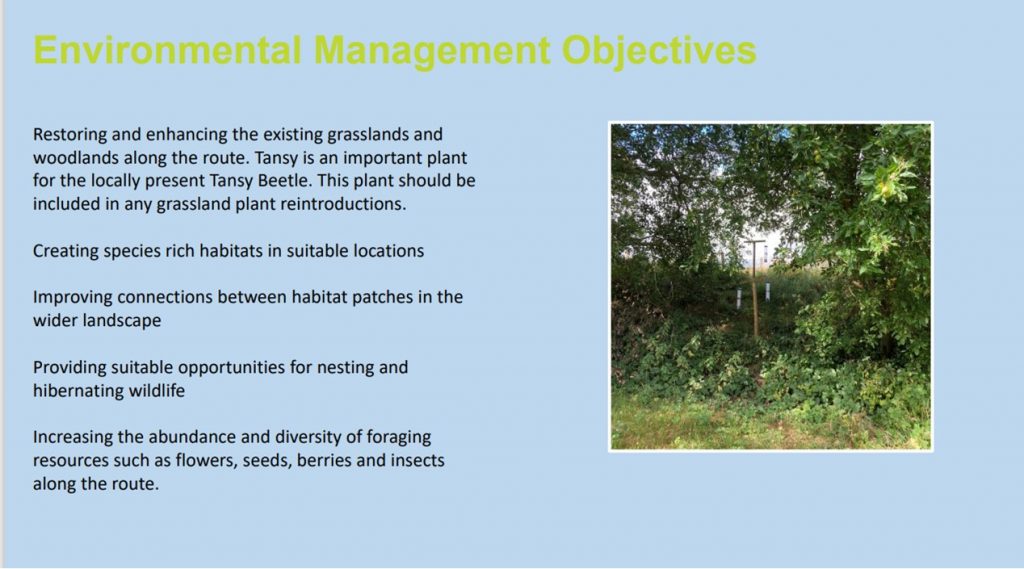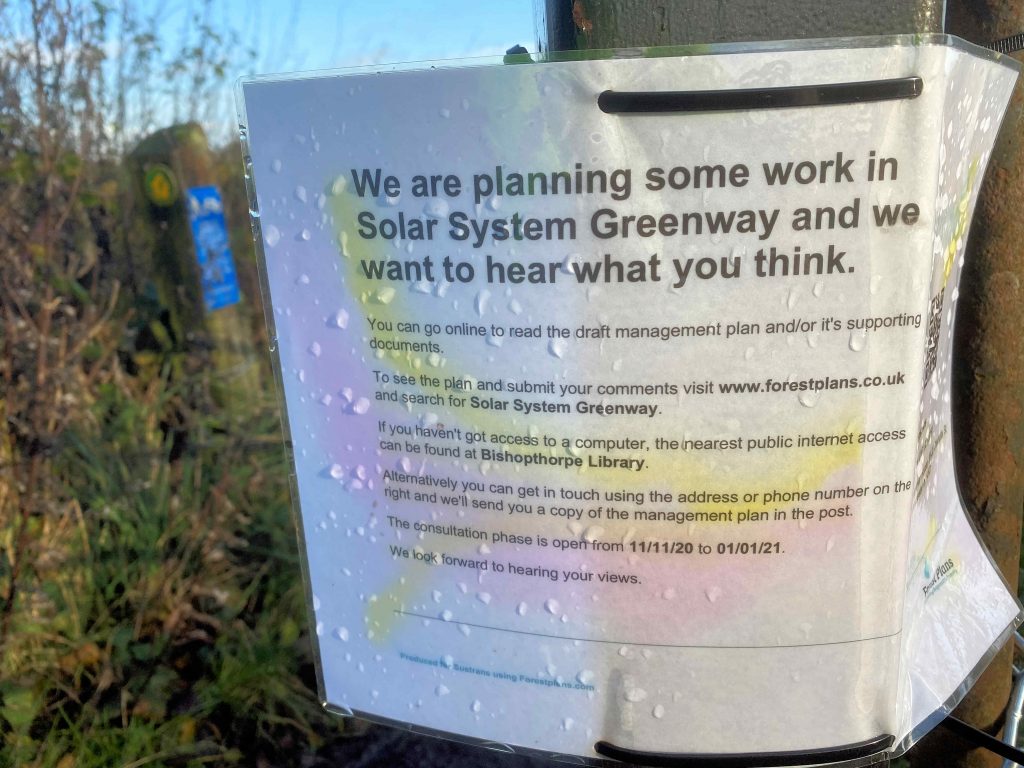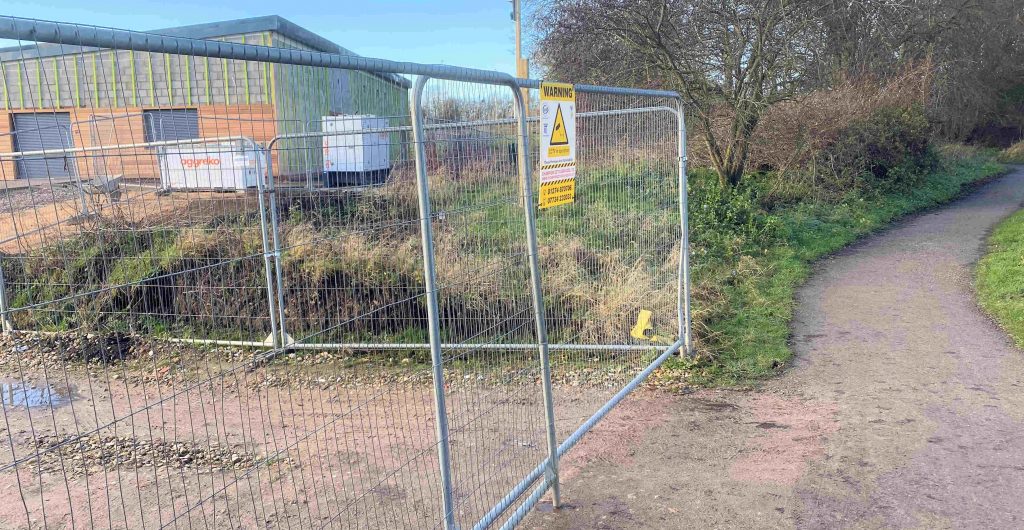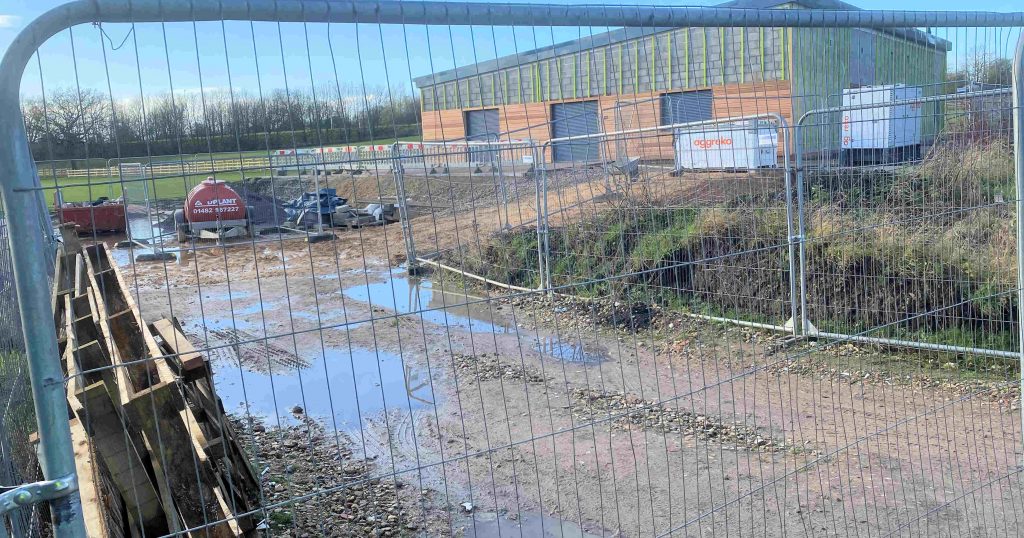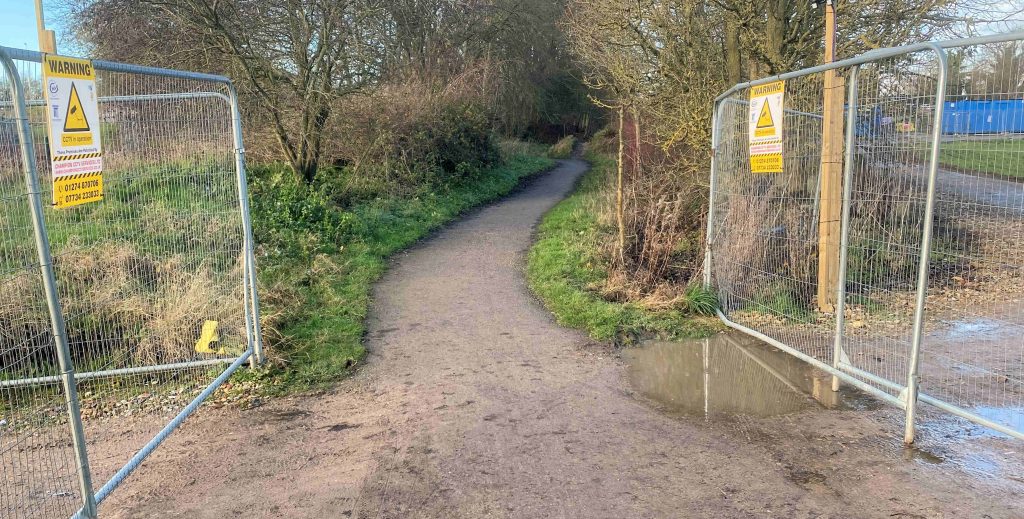A government subsidy of £83,000 is to be used to support to bus service links in the City
Rawcliffe Bar Park and Ride – Hospital
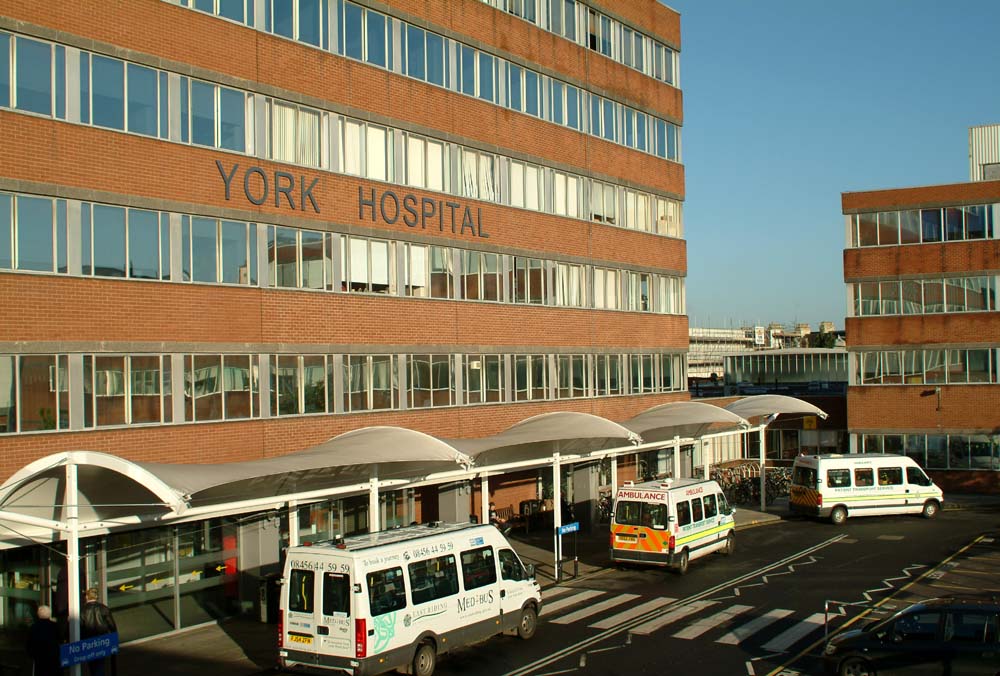
This service has run into financial difficulties as bus patronage fell during the pandemic. The service is used by staff and patients to access the Hospital, while avoiding congestion and parking charges, in the Wigginton Road area. The subsidy only lasts until the end of March 2021 so what happens to the service after that is unclear.
Originally it was hoped that the link would reduce car usage in and near the City centre.
Community Stadium

Tonight sees what may be the first game for York City at the Community Stadium.
It will be a behind closed doors event.
With the National League North likely to be abandoned before the end of the month, it may also prove to be the last football match there until late summer.
£63,000 has been allocated for new bus service links to the stadium. Although there would be little point in introducing such links while the ban on spectators remains, they would be a welcome addition when things return to “normal”.
Hopefully the government will extend the availability of the subsidy so it can be used during the 2021/22 financial year.
The first to benefit may be York Knights fans who hope that limited attendances might be permitted during the latter part of their campaign which starts in March.
